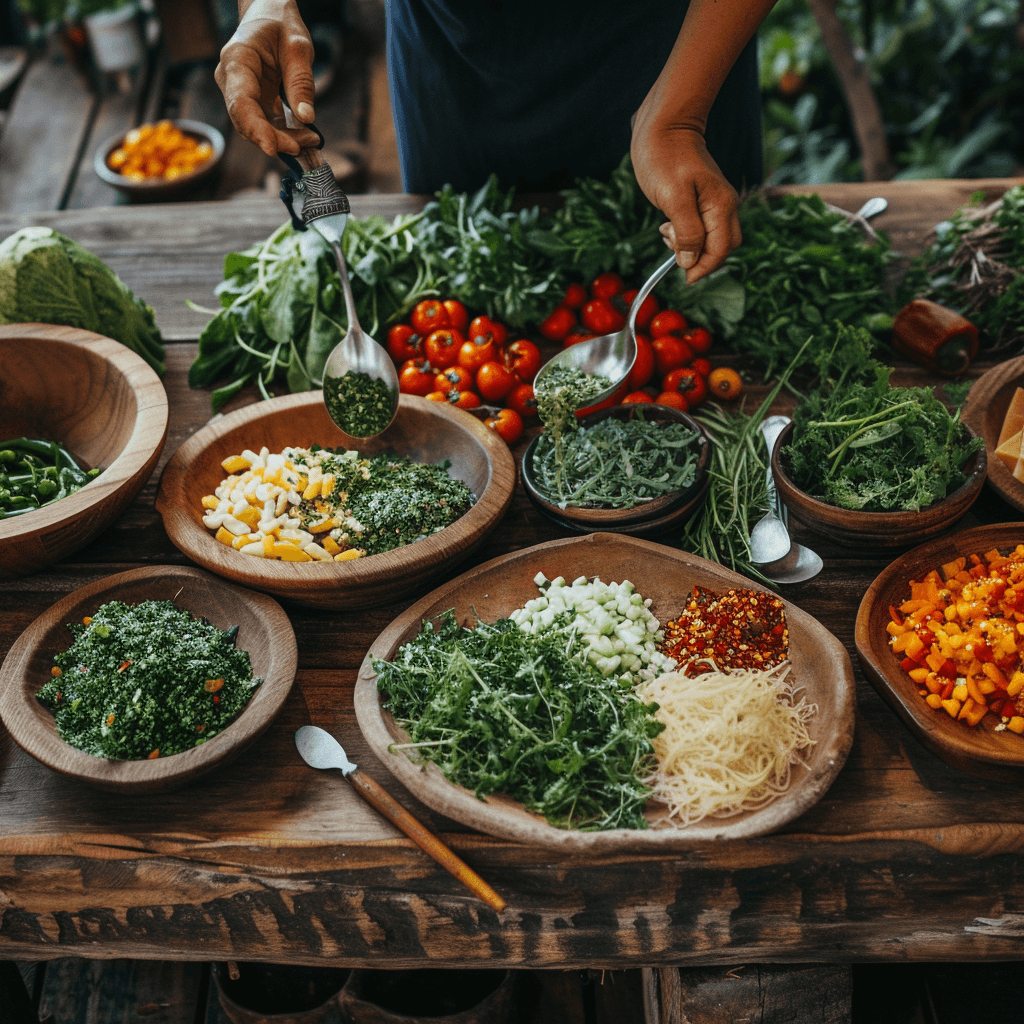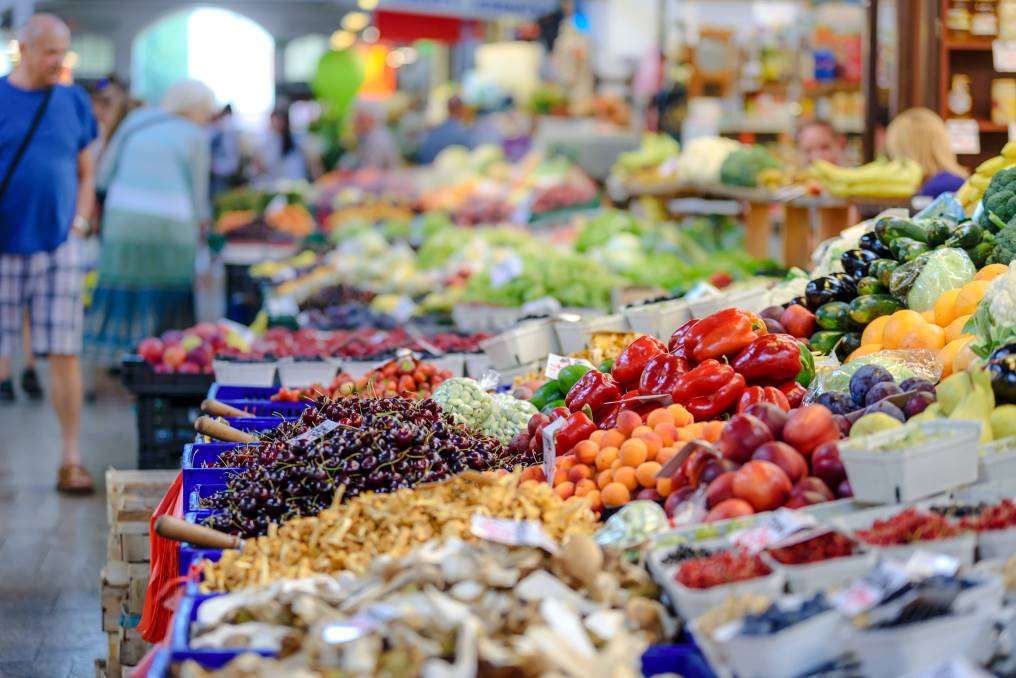Living off the grid can be a rewarding and fulfilling lifestyle, But how to sustain a healthy diet while living off the grid is surely a valid question. Because, Maintaining a healthy diet can pose some challenges. Without easy access to grocery stores or the convenience of modern transportation, finding fresh and nutritious food options may seem daunting. However, with a little planning and creativity, it is entirely possible to sustain a healthy diet while living off the grid. In this article, we will explore some practical strategies and tips to help you nourish your body with wholesome food, even in the midst of off-grid living.
Off Grid Living
Living off the grid means completely disconnecting from public utilities and relying on self-sustaining systems for power, water, and waste management. It involves generating your own electricity through solar panels or wind turbines, collecting and treating rainwater for household use, and implementing eco-friendly methods for waste disposal. While this lifestyle may require more effort and initial investment, the benefits can be tremendous.
Benefits of off grid living
One of the primary benefits of off grid living is the autonomy it provides. By generating your own power and water, you are not reliant on external sources, which means you are unaffected by power outages or water shortages that may occur in urban areas. This self-sufficiency allows you to live a more peaceful and sustainable life, free from the worries of utility bills and grid failures.
Additionally, living off the grid promotes environmental conservation. By generating renewable energy and minimizing waste, your carbon footprint is significantly reduced, contributing to the preservation of our planet. This lifestyle also encourages a deeper connection with nature, as you become more attuned to the cycles of the earth and the seasons.
Challenges of off grid living
While there are many advantages to off grid living, it is not without its challenges. One major challenge is the initial cost of setting up the necessary infrastructure. Installing solar panels, wind turbines, and energy storage systems can be expensive. The same applies to water collection and treatment systems. However, it is crucial to remember that these costs can be recouped in the long run through the savings achieved by not paying for utility bills.
Another challenge is the need for maintenance and troubleshooting. Since you are solely responsible for your power and water systems, any issues that arise must be addressed by you or a professional you hire. This may require a certain level of technical knowledge or the ability to learn and adapt as you go.

Planning a Healthy Off Grid Diet
When living off the grid, planning a healthy diet becomes essential to ensure you have an adequate and balanced supply of nutrients. Factors such as assessing your dietary requirements, understanding the limitations of off grid living, and determining your food storage capacity are important considerations.
Assessing your dietary requirements
Before planning your off grid diet, it is crucial to assess your specific dietary requirements. Factors such as age, sex, activity level, and any existing health conditions should be taken into account. Consulting with a nutritionist or healthcare professional can help you determine the ideal caloric intake and nutrient distribution needed to support your overall well-being.
Understanding the limitations of off grid living
Living off the grid often means limited access to grocery stores and a reliance on your own food production. This can impose limitations on the variety and availability of certain foods. Understanding these limitations and being prepared to adapt your diet accordingly is essential. Finding creative ways to substitute or supplement ingredients becomes crucial to maintaining a healthy and balanced diet.
Determining your food storage capacity
Another aspect to consider is your food storage capacity. When living off the grid, it is important to have a secure and efficient way to store your food to prevent spoilage. Assessing your available space and considering preservation methods, such as canning, freezing, or dehydrating, can help you determine how much food you can store and for how long. Proper organization and rotation of supplies are also important to ensure food does not go to waste.

Growing Your Own Food
One of the most sustainable and rewarding aspects of off grid living is the ability to grow your own food. Whether you have space for a large garden or you opt for container gardening, there are several key considerations to keep in mind.
Choosing the right location for your garden
When selecting a location for your garden, it is important to consider factors such as sunlight exposure, proximity to water sources, and soil quality. Most plants require at least six hours of direct sunlight per day, so ensure your chosen space receives adequate sunlight. Additionally, easy access to water, either through rainwater collection or an existing water source, is crucial for successful gardening. Lastly, testing and improving the soil quality, if necessary, will provide a fertile foundation for your crops.
Selecting suitable crops and plants
Choosing the right crops and plants for your off grid garden is vital to ensure productivity and sustainability. Consider your region’s climate and the length of your growing season when selecting crops. Opting for heirloom varieties and native plants can increase the chances of success. Additionally, focusing on high-yield crops and those with a long shelf life can help sustain your food supply throughout the year.
Implementing sustainable farming practices
In off grid living, it is important to prioritize sustainable farming practices to minimize the use of external resources and maximize self-sufficiency. This can include techniques such as companion planting, crop rotation, and natural pest control methods. By maintaining a healthy ecosystem within your garden, you can reduce the need for chemical interventions and promote long-term soil fertility.
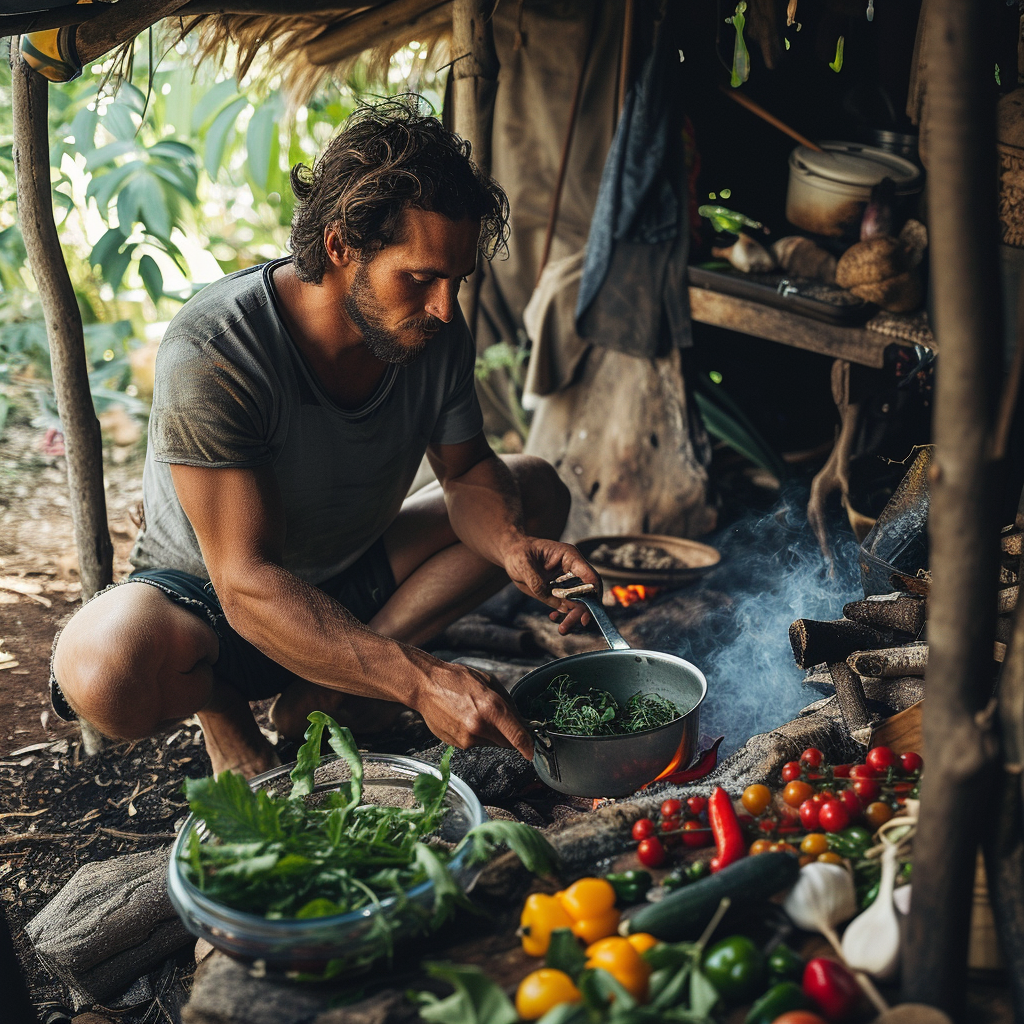
Preserving your Harvest
Preserving your harvest is crucial for ensuring a year-round supply of nutritious food. Effective preservation methods such as canning, building a root cellar, and drying or dehydrating techniques can extend the shelf life of your produce.
Canning and preserving methods
Canning is a popular method for preserving fruits, vegetables, and even meats. This involves placing the food in jars, sealing them with airtight lids, and processing them in boiling water or a pressure canner. By heating the jars, the bacteria that cause spoilage are eliminated, and a vacuum seal is created, ensuring long-term preservation.
Another preservation method is fermentation, which is ideal for preserving certain fruits and vegetables. Fermentation harnesses the natural sugars and bacteria present to create an environment that inhibits the growth of harmful bacteria, resulting in preserved and often flavorful foods such as sauerkraut or pickles.
Building a root cellar
A root cellar is a traditional method of preserving fresh produce. It involves creating an underground or partially buried storage space that provides cool temperatures, high humidity, and good ventilation. These conditions help slow down the deterioration of fruits and vegetables, allowing them to be stored for months without losing nutritional value.
Drying and dehydrating techniques
Drying and dehydrating food is another effective way to preserve your harvest. By removing moisture from fruits, vegetables, and herbs, you can prevent spoilage while preserving their nutritional value. Methods such as sun drying, air drying, or using a dehydrator can be employed to achieve the desired results. The dried foods can be stored in airtight containers, ready for future use in soups, stews, or snacks.
Raising Livestock
Raising livestock can provide an additional source of food and self-sufficiency in an off grid lifestyle. However, careful consideration of space, resources, and the specific needs of the animals is vital.
Considering the space and resources
Before introducing livestock to your off grid homestead, assess the available space and resources. Different animals require varying amounts of grazing or living space. Additionally, ensure you have the means to provide them with appropriate feed, water, and shelter. Analyze the carrying capacity of your land and the resources you have at hand to determine the suitable number and type of animals you can raise.
Choosing the right livestock for your needs
Consider your specific needs and goals when selecting which livestock to raise. Chickens are popular choices as they provide meat and eggs, require relatively less space, and are easy to care for. Rabbits are another option, offering a sustainable source of protein with minimal space requirements. For larger livestock, such as goats or cows, ensure you have the necessary infrastructure and resources to support their needs.
Taking care of your livestock
Taking care of livestock requires knowledge of their specific dietary requirements, health needs, and optimal living conditions. Regular feeding, access to fresh water, and appropriate shelter are crucial aspects of animal care. Additionally, maintaining their health through vaccinations, regular check-ups, and monitoring for any signs of illness or injury is essential. Educate yourself on the specific needs of the animals you choose to raise to ensure their well-being and productivity.
Foraging and Hunting for Food
In addition to growing your own food and raising livestock, foraging and hunting can provide valuable sources of food, adding variety and further reducing reliance on external sources.
Identifying edible wild plants
Foraging for edible wild plants requires knowledge of local flora and the ability to identify safe and nutritious options. Familiarize yourself with plant identification guides specific to your region and learn about common edible plants. Take caution and avoid plants with poisonous look-alikes. Start by foraging for easily recognizable plants like dandelions, berries, or fiddlehead ferns before venturing into more advanced foraging.
Learning basic hunting skills
Hunting can provide a source of protein and supplement your diet with fresh meat. Learning basic hunting skills, such as marksmanship and safe firearm handling, is crucial for ethical and responsible hunting. Local hunting regulations should be thoroughly understood and followed to ensure compliance and sustainability. Consider taking hunting education courses or seeking guidance from experienced hunters to develop the necessary skills and knowledge.
Understanding local regulations
It is important to be aware of local regulations regarding foraging and hunting for food. These regulations may dictate where and when you are allowed to forage or hunt, as well as the allowable methods and bag limits. Familiarize yourself with the rules and regulations established by your local wildlife management agencies to ensure you are foraging and hunting within the legal boundaries.
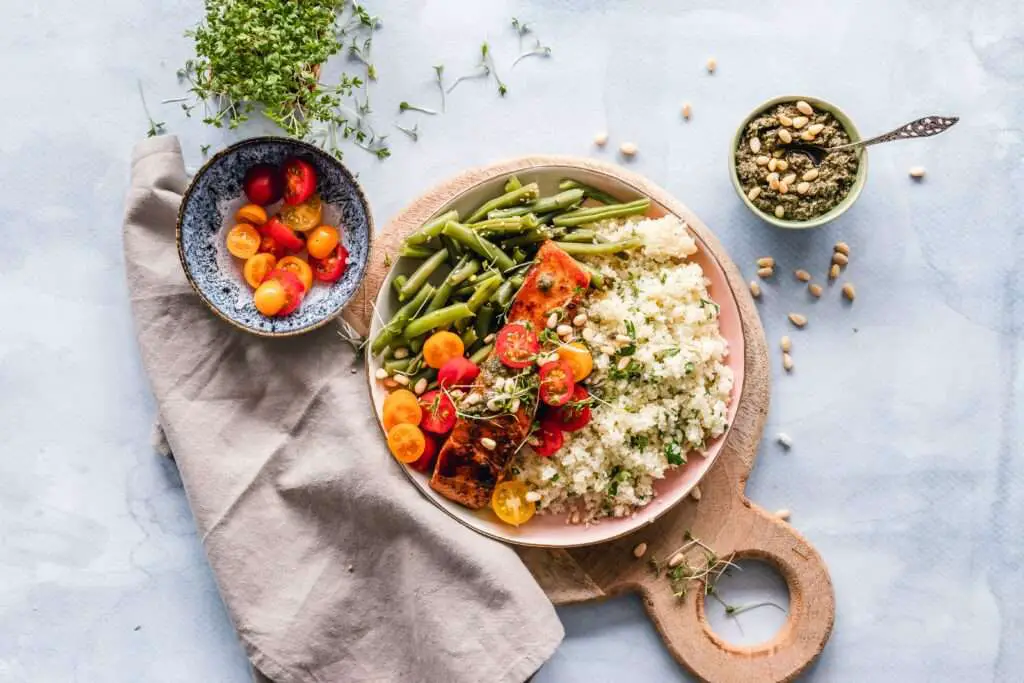
Alternative Sources of Protein
When living off the grid, diversifying your sources of protein becomes essential. Exploring vegetarian and vegan options, incorporating insects and bugs, and utilizing alternative protein sources can add variety to your diet and ensure you meet your nutritional needs.
Exploring vegetarian and vegan options
Vegetarian and vegan options provide sustainable and ethical sources of protein. Incorporating plant-based proteins such as legumes, tofu, tempeh, and seitan can be a healthy and environmentally friendly choice. Experimenting with various vegetarian and vegan recipes will help you discover delicious and fulfilling alternatives to traditional meat dishes.
Incorporating insects and bugs
While it may sound unconventional, insects and bugs can be an excellent source of protein. Crickets, mealworms, and ants are just a few examples of edible insects that are rich in nutrients. In many cultures, insects are already part of the traditional diet. Cultivating a taste for these alternative protein sources can offer a sustainable and exciting addition to your off grid meals.
Utilizing alternative protein sources
Exploring alternative protein sources, such as algae, seaweed, or quinoa, can further diversify your off grid diet. These options not only provide essential amino acids but also offer a range of other nutrients. Incorporating these alternative protein sources into your meals can help ensure a well-rounded and balanced diet.
Creating a Balanced Diet
Creating a balanced diet is essential for meeting your nutritional needs while living off the grid. Understanding the importance of macronutrients, balancing your meals with fruits and vegetables, and incorporating whole grains and legumes are key factors to consider.
Understanding the importance of macronutrients
Macronutrients, including carbohydrates, proteins, and fats, are essential for providing energy and supporting bodily functions. Understanding the role of each macronutrient and ensuring an appropriate distribution in your diet is important for maintaining overall health. Carbohydrates should come from whole grains, fruits, and vegetables, while proteins can be sourced from a variety of plant and animal options. Healthy fats from sources such as nuts, avocados, and olive oil should also be included in your diet.
Balancing your meals with fruits and vegetables
The inclusion of a wide variety of fruits and vegetables is crucial for obtaining essential vitamins, minerals, and dietary fiber. Aim to consume a rainbow of colors to ensure a diverse range of nutrients. Incorporate fresh produce from your own garden or foraged options when available. Additionally, consider preserving your surplus fruits and vegetables through canning, fermentation, or drying to extend their availability throughout the year.
Incorporating whole grains and legumes
Whole grains and legumes are excellent sources of complex carbohydrates, fiber, and protein. Including options such as brown rice, quinoa, lentils, and beans in your diet can help fulfill your nutritional needs and provide sustained energy. These items are also often easy to store and have a long shelf life, making them ideal for off grid living.
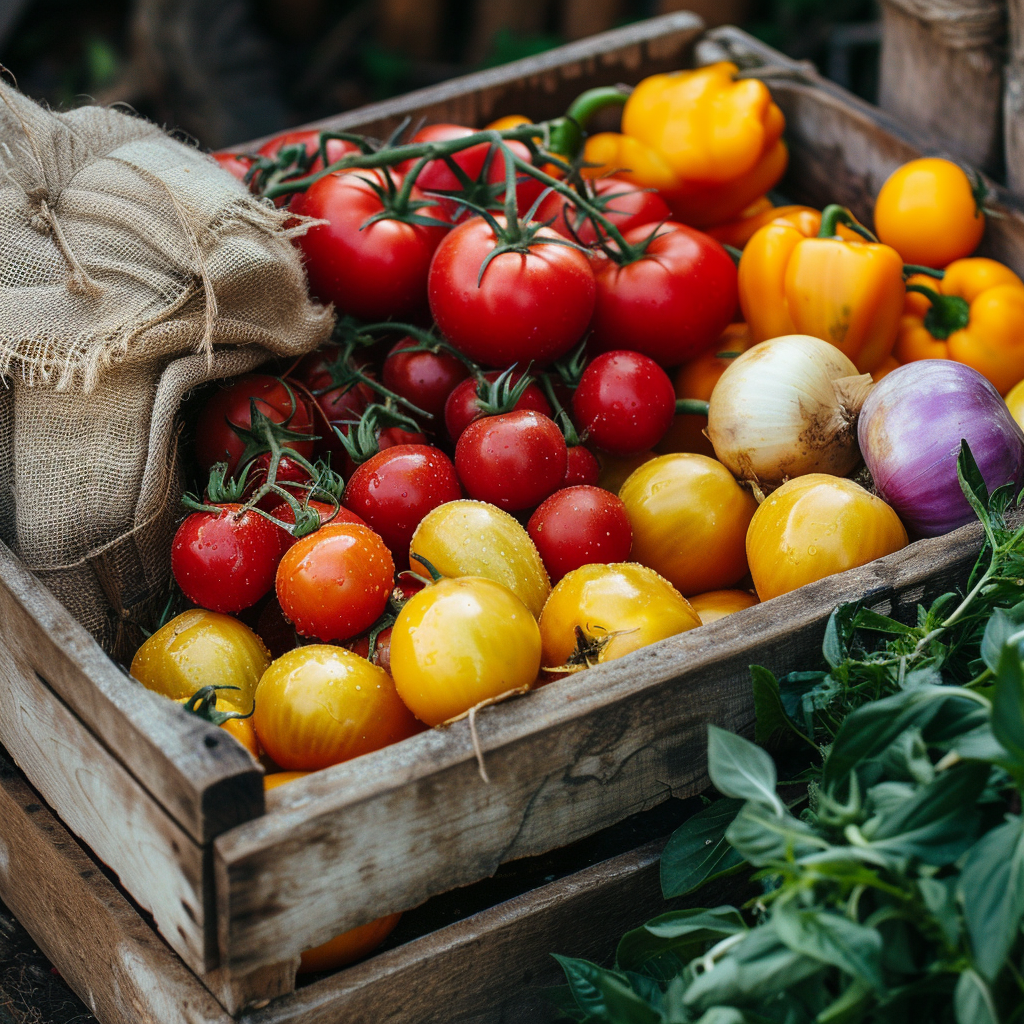
Maintaining a Nutritious Pantry
To ensure a constant and nutritious food supply while living off the grid, maintaining a well-stocked pantry is essential. Stocking up on staple food items, choosing long-lasting food storage options, and tracking and rotating your pantry supplies are important practices to follow.
Stocking up on staple food items
When building your pantry, focus on staple food items that are versatile and have a long shelf life. Rice, pasta, canned goods, dried beans, and spices are all examples of items that can be stored for extended periods without losing their quality. Additionally, consider purchasing in bulk to take advantage of cost savings and reduce packaging waste.
Choosing long-lasting food storage options
Choosing appropriate food storage options is crucial for maintaining food quality and extending shelf life. Invest in high-quality airtight containers, vacuum-sealed bags, or Mylar bags with oxygen absorbers to protect your food from moisture, pests, and oxygen. Additionally, consider utilizing canning jars, glass mason jars, or stainless steel containers for long-term storage.
Tracking and rotating your pantry supplies
To prevent food waste and ensure freshness, it is important to track and rotate your pantry supplies. Implementing a first-in, first-out (FIFO) system can help you prioritize the use of older items, reducing the chances of them expiring or becoming unusable. Regularly checking expiration dates and organizing your pantry can also help maintain an efficient and well-managed stockpile.
Exploring Sustainable Food Practices
Living off the grid inherently promotes sustainable practices, and this extends to your food choices as well. Minimizing food waste, implementing composting methods, and embracing sustainable food packaging are additional practices that contribute to a more sustainable off grid lifestyle.
Minimizing food waste
Minimizing food waste is critical in any sustainable living scenario. Plan meals carefully, purchase only what you need, and repurpose any leftover ingredients. Utilize your preserved foods and garden surplus before they spoil. By being mindful of waste and creatively using ingredients, you can significantly reduce your environmental impact.
Implementing composting methods
Composting is an effective way to recycle food scraps and create nutrient-rich soil for your garden. Set up a composting system using a designated bin or pile and add kitchen scraps, yard waste, and other organic materials. Through the natural decomposition process, you can turn waste into valuable compost that enriches your soil, reduces the need for fertilizers, and closes the loop on organic matter.
Embracing sustainable food packaging
Reducing the use of single-use plastics and embracing sustainable food packaging choices is another important aspect of sustainable off grid living. Opt for reusable containers, beeswax wraps, or silicone bags for storing leftovers and transporting meals. When purchasing packaged foods, choose options with minimal packaging or seek out brands that prioritize eco-friendly packaging materials.
Living off the grid offers the opportunity for self-sufficiency, sustainability, and a deeper connection with nature. By planning a healthy off grid diet, growing your own food, preserving your harvest, raising livestock, foraging and hunting for food, exploring alternative protein sources, creating a balanced diet, maintaining a nutritious pantry, and embracing sustainable food practices, you can thrive in this unique lifestyle. Remember, with careful planning, resourcefulness, and a little bit of knowledge, living off the grid can be a rewarding and fulfilling journey.

